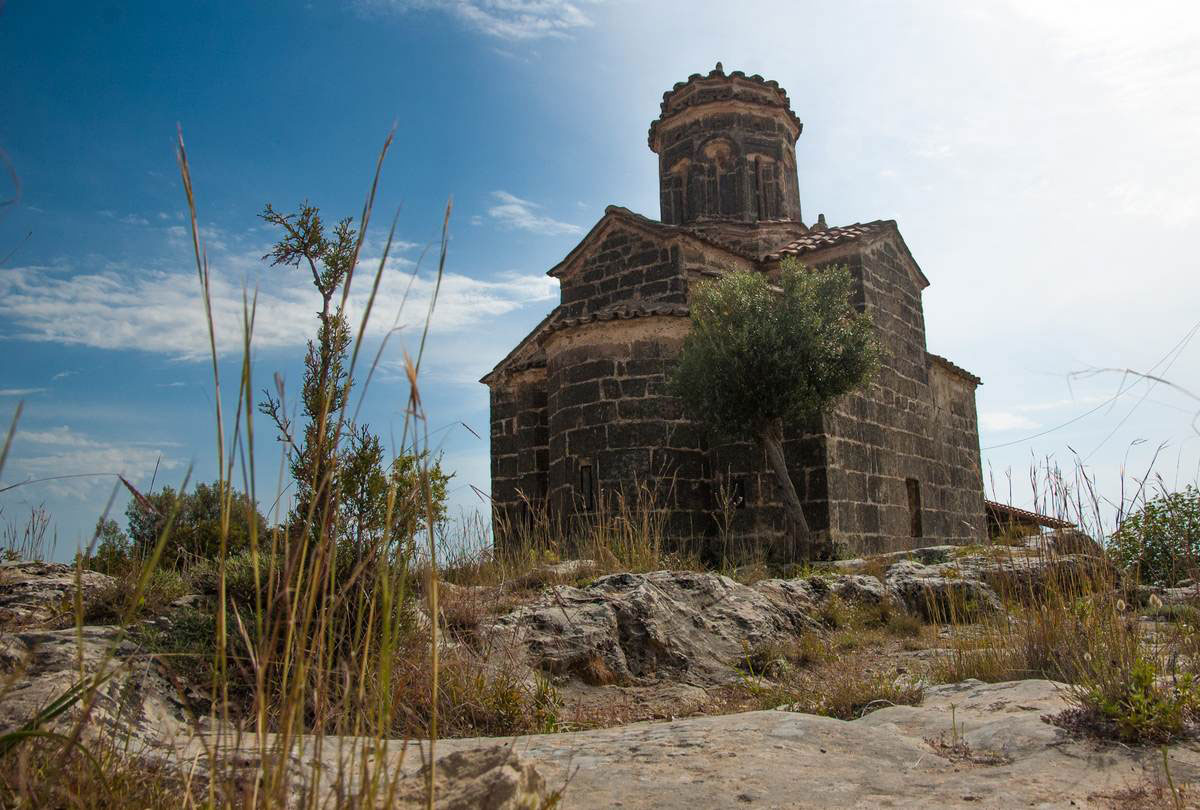Kardamyli
Image source: exploremessinia.com
History
A magical place, a dreamy place filled with legends and stories through the centuries. The perfect refuge according to Patrick Ligh Fermor, that great philhellene who loved and fell in love with this place.
The history of Kardamyli dates back to ancient times, when it was one of the richest and most powerful cities in the region. Archaeological research has revealed the existence of civilization in the area since the Early Helladic period (around 3000 BC). Kardamyli was an important cultural and commercial hub in antiquity. According to mythology, it was founded by Amphilochus, son of Peloponnesus, while other sources state that it was founded by Avastanos, son of Hercules. Its name comes from the cardamom tree that existed in the area and is mentioned in the Homeric Epics, specifically in the Iliad, where Agamemnon grants Kardamyli to Achilles in order to appease him and return to the campaign against Troy.
After classical times, Kardamyli is mentioned as a member of the Eleuthero-Laconian commonwealth and at times came under the rule of Ancient Sparta but also under the Messinian Confederation controlled by the Theban king Epaminondas.





Image source exploremessinia.com
The Roman Emperor Augustus granted Kardamyli to the Spartans to use it as a port, connecting it to Sparta via the royal road, parts of which are still preserved today.
In the 15th century the name of Kardamyli appears as Skardamoula.
In the 17th century Kardamyli is marked by the appearance of the Paleologos – Troupakis family. This was a very powerful family that maintained control of the area for over 200 years. The founder of the family is Michael Palaeologos who is a member of the imperial Palaeologos family from Mystras.
On January 6, 1821, Theodoros Kolokotronis, coming from Zakynthos, landed at the ‘Salio’ place of Kardamyli and was hosted in the Tower of Panagiotis Troupakis Mourtzinou (7th Bey of Mani), from where he organized the beginning of the revolution against the Ottomans.
The Beauties of
A stunning area with impressive beaches, a theatrical setting with turquoise waters, olive groves and a view of the snow-capped Taygetos.
Kardamili is full of beauty and natural charm that impresses its visitors. Unlike the Laconian Mani where the barren landscape dominates, here the visitor will enjoy the view with the endless olive groves, the old tower houses with the picturesque alleys where the Messinian bougainvillea dominates, will enjoy his walk through the stone-built cobbled streets and the gorges that start from the top of Taygetos and reach the beaches and the beaches with clear waters. One of them is the famous beach of Foneas.
The visitor will have the opportunity to tour the old Kardamyli, to see and connect with history, walking around the places where Th. Kolokotronis together with the other chieftains of Mani, preparing the Greek Revolution. He will admire the Mani architectural construction of the tower houses and will have the opportunity to see the Church of St. Spyridon, on whose doorway there is still today the coat of arms of the Palaiologos (Double-headed Eagle). It is the Church built by Michael Palaiologos and one can admire the bell tower, which is considered the highest and the most beautiful bell tower in Greece.





Image source exploremessinia.com
Of course, no one will pass by Kardamili without swimming in the turquoise waters of the pebbled beach Ritsas, in Salio, Kalamitsi and the famous beach of Foneas, where one encounters a unique geological wonder of nature, but also in the sandy beach of Kalogria.
The area also offers a unique gastronomic experience, with traditional flavours and local products such as cardamomelo and other delicacies.
These are just a few of the beauties that can be discovered in Kardamili and the surrounding area, making it one of the most popular destinations in Greece for natural beauty and cultural experiences.
